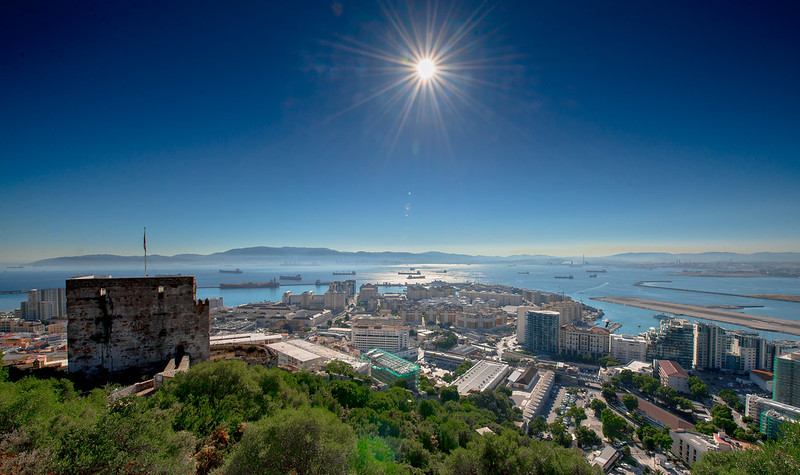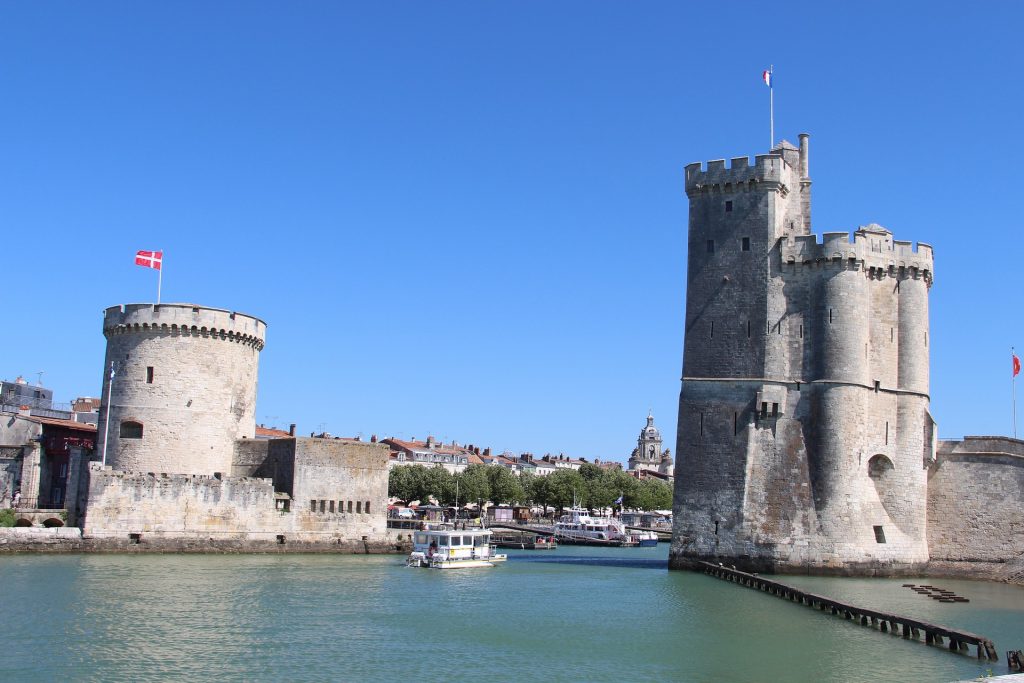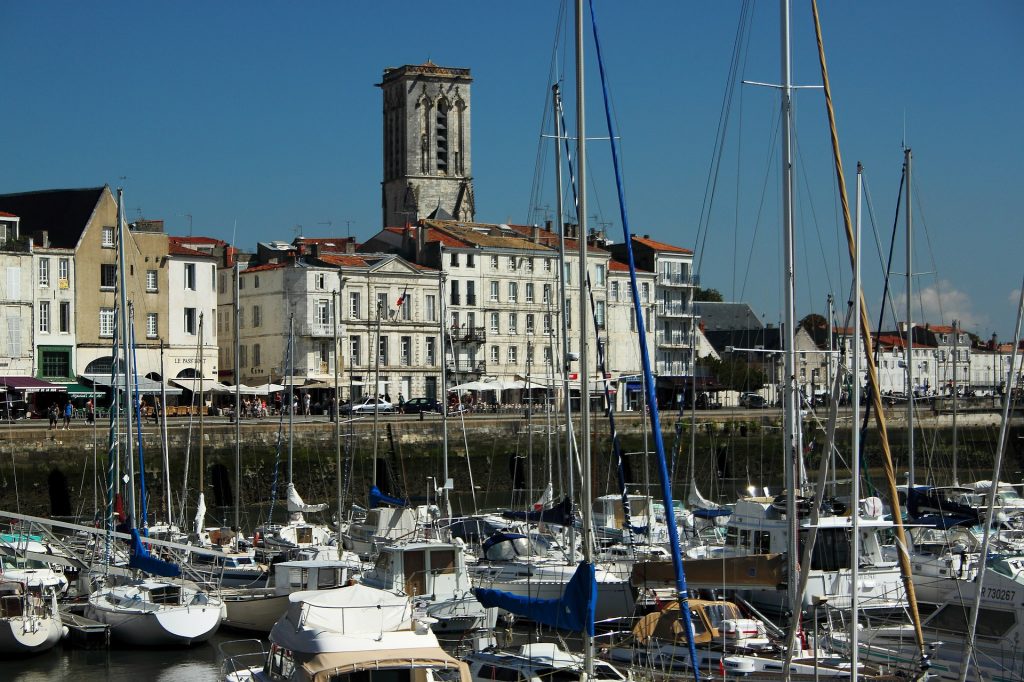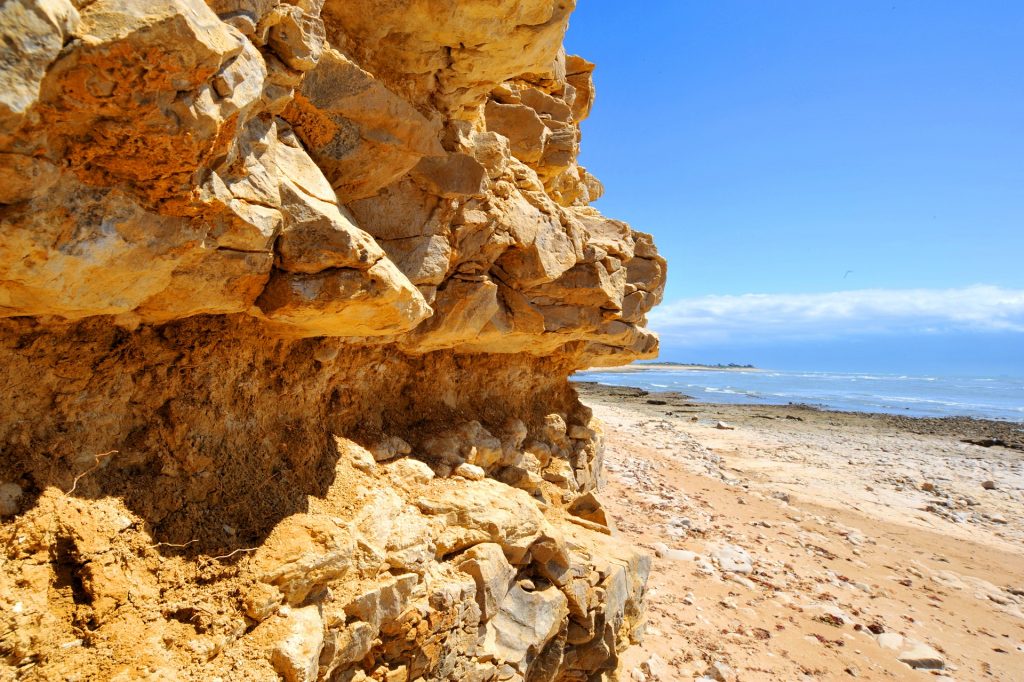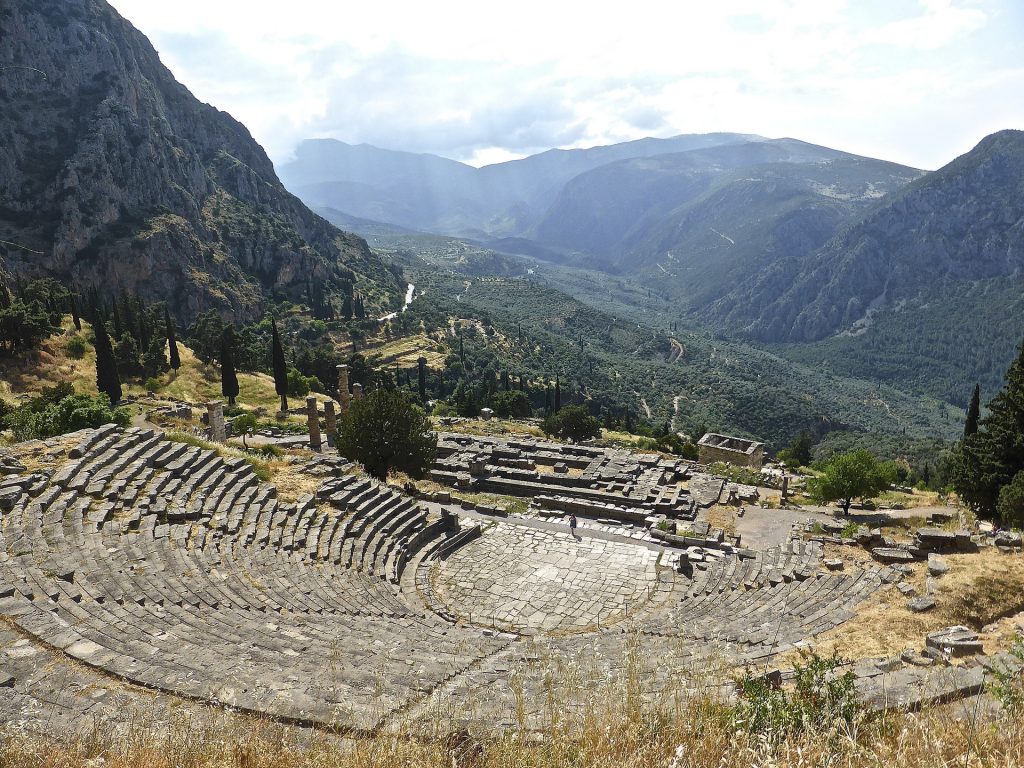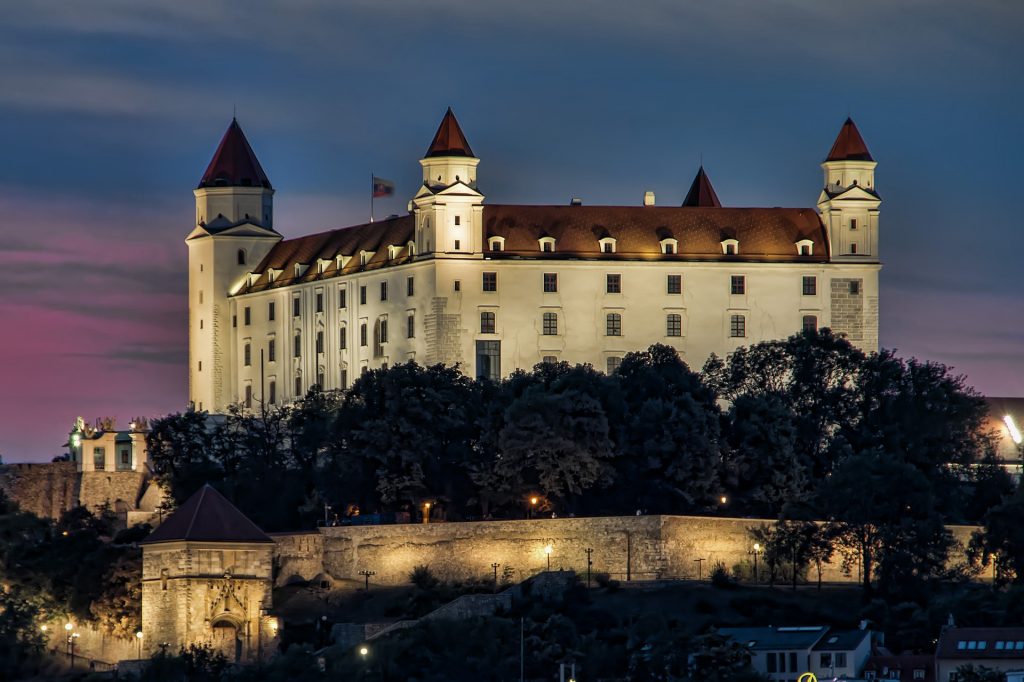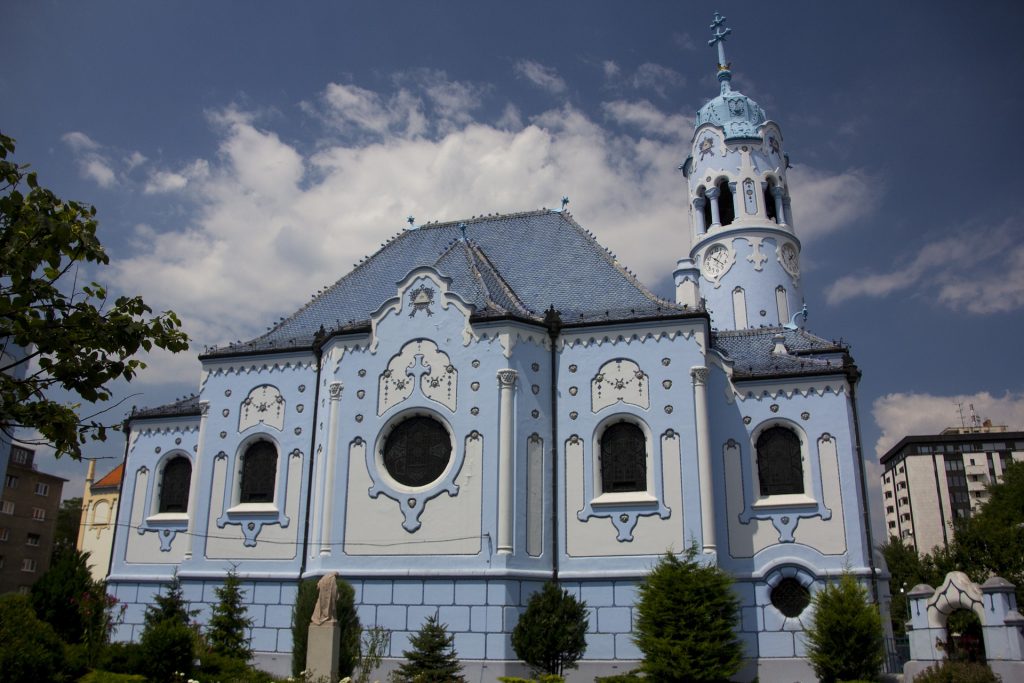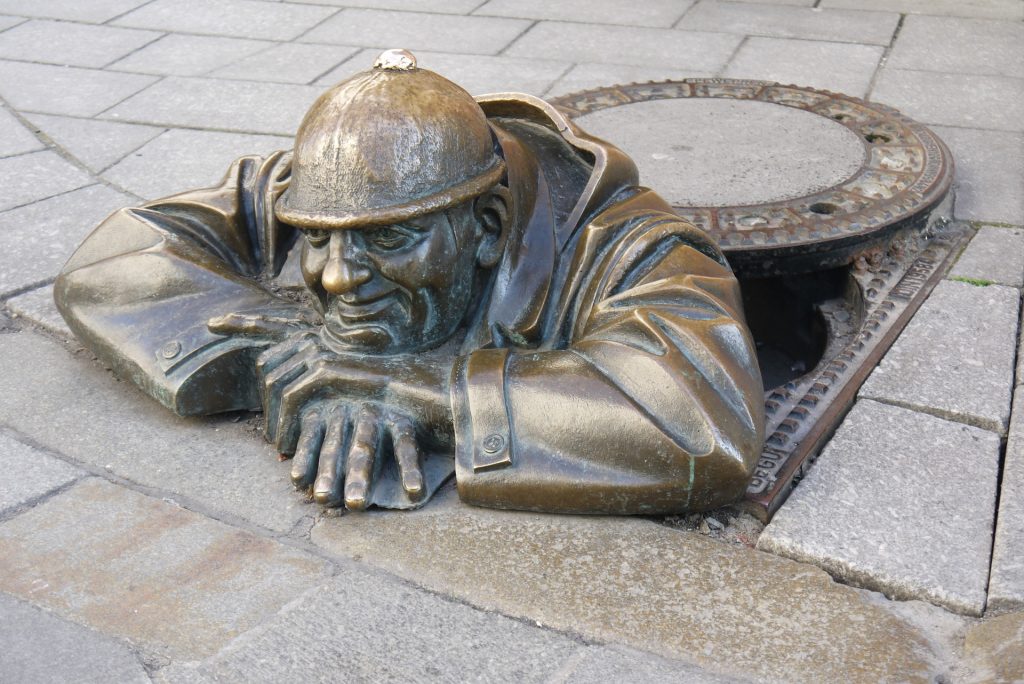If you have a look at the current travel corridors, Gibraltar is one place that you can travel to at the time of writing without having a Covid test prior or on entry and there is no need to quarantine on your return. Daytime temperatures are average around 16oC in January and can get into the low 20s. It is pleasant enough to sit out and eat lunch during the day, but gets a bit chilly for dinner in the evening.
Although Gibraltar is relatively small, there is still plenty to do. Scenery wise there is a little bit of everything. There are beaches which during the winter you might not want to sit on but they are great places to walk, take in the sea air and the views. There is plenty of history on Gibraltar due to its geography at the entrance of the Mediterranean Sea which has been a highly valued possession. You will find a mixture of influences and reminders of the Romans, the Moors, the Spanish and the British all over the island.
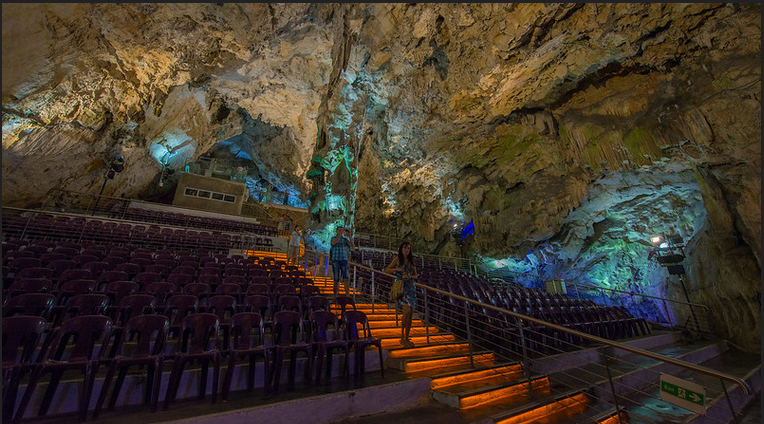
St Michael’s Cave is one of the many wonders of Gibraltar, and has enticed visitors for hundreds of years. While staying in Gibraltar it’s well worth paying a visit. The cave is actually a series of caves that are 300m above sea level. They are Gibraltar’s main tourist attraction with over 1,000,000 visitors a year. One of the largest caves serves as an auditorium and during WW2 the caves served as a hospital.
You cannot visit Gibraltar without seeing the Barbary Macaques, these monkey inhabitants of the rock are the only monkeys on the continent of Europe. They are well looked after in the Gibraltar nature reserve that covers 40% of the country.
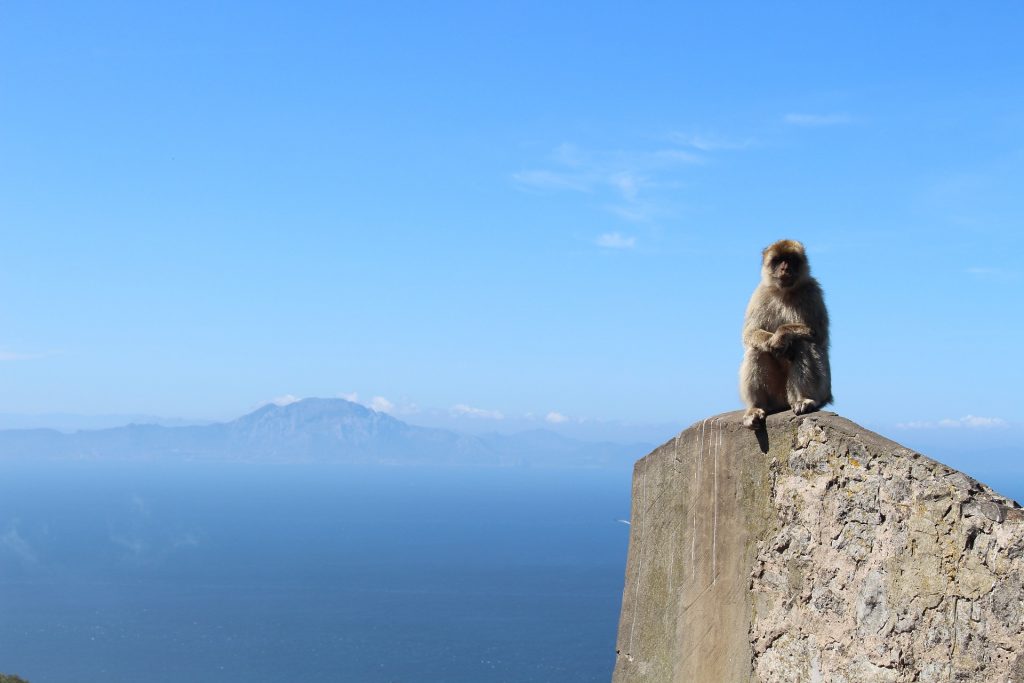
Two other attractions I wouldn’t want to miss out on if I were going on a short break. One would be the 11th century Moorish castle complex. In its heyday it was much larger that it is today. Look out for The Tower of Homage and the Gate House. In 1704 the British flag was placed on top of the castle and it still files today. The other would be the Great Siege Tunnels which were built at the end of the 18th century during the Great Siege of Gibraltar when France and Spain attempted to capture Gibraltar. The tunnels dug out by hand mainly using sledgehammers and crowbars with the occasional gunpowder blast are impressive.
